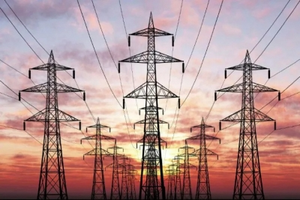Share

NEW DELHI — Peak power demand in India is estimated to have declined to 217 GW in the month of August compared with 238 GW a year earlier which was the second-highest level recorded in fiscal 2024, a report showed on Tuesday.
Electricity demand in the country declined 5.3 per cent (year-on-year) to 144 billion units (BUs) in August even as the country received 7 per cent excess rainfall during the month, according to a Crisil report.
This follows a 6.7 per cent on-year rise in electricity demand in July. Consequently, demand grew 7 per cent in the April-August period, the report mentioned.
The decline in regional power demand closely follows the rainfall pattern and state-specific consumer preferences.
Power generation is estimated to have declined 3 per cent to 155 BUs in August 2024. Coal and renewable energy production contracted 3 per cent and 13 per cent, respectively, during the month, the report showed.
In contrast, hydropower generation surged 7.6 per cent after two consecutive months of decline as many states received ample rainfall.
“Demand moderated across India, with the western and northern regions experiencing on-year declines of 10 per cent and 6 per cent, respectively.
Similarly, weighted average market clearing price in the real time market declined 45 per cent on-year to INR 3.3 per unit in August 2024 from INR 6 per unit a year earlier.
With the southwest monsoon covering more parts of the country in August, water level in 31 reservoirs and hydroelectric projects ticked up 1 per cent over a year earlier.
Thus, the share of coal and renewable energy in power production increased marginally on-year, while that of hydropower grew to 15 per cent from 13 per cent, the report noted.
As on August 30, thermal power plants had 40 million tonnes (MT) of coal compared with 30 MT a year earlier, while coal stock was estimated to last 14 days as against 10 days in August 2023.
The report projected power demand to grow 6.5-7.5 per cent in FY25 owing to weather events, including severe and prolonged heat waves that occurred in the first quarter, as well as insufficient rainfall in July in northern India.